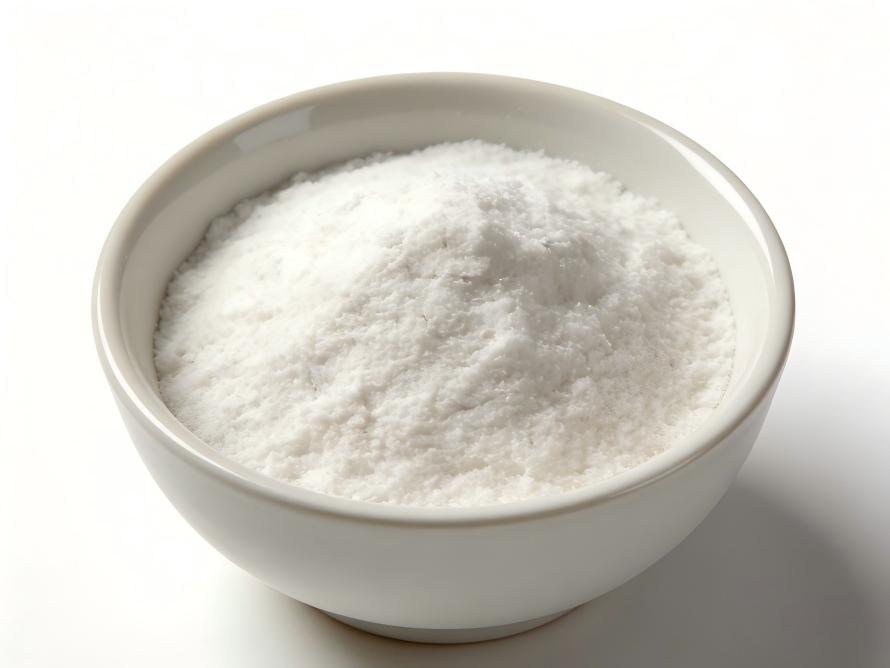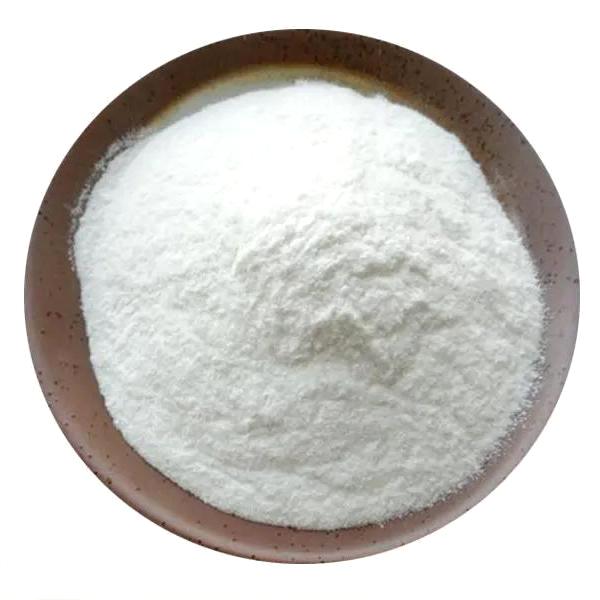Premium Liposomal Glutathione | Advanced Inner Beauty Support
As the concept of “nourishing from within and without” gains widespread acceptance, the global oral beauty supplement market is experiencing explosive growth. According to the latest industry data, the oral beauty market surpassed 100 billion yuan in 2023, maintaining an annual growth rate exceeding 15%. However, behind this boom lies a core technological bottleneck that continues to constrain the industry's deep development—the excessively low bioavailability of active ingredients.
Take glutathione as an example. This ingredient, hailed as the “golden standard for skin brightening,” possesses exceptional theoretical efficacy for whitening and antioxidant benefits. Yet, its practical oral application faces significant challenges:
Three major absorption barriers remain difficult to overcome:
1. Destruction by gastric acid environment: The highly acidic gastric fluid disrupts glutathione's molecular structure, rendering it inactive before it even reaches the intestines.
2. Enzymatic degradation: Abundant gamma-glutamyl transpeptidase in the intestines specifically breaks down glutathione, converting it into inactive amino acids.
3. Low absorption efficiency: Even if a small number of intact molecules reach the absorption site, their hydrophilic nature hinders transmembrane transport
The direct consequence of these issues is that the bioavailability of ordinary oral glutathione is generally below 10%. This means that 90% of the active ingredients in products consumers purchase at high prices cannot be absorbed and utilized by the body. Not only does this waste resources, but it also makes the promise of “beauty from within” difficult to fulfill.
Addressing this industry-wide challenge, Green Spring Technology has introduced an innovative solution: liposome-encapsulated glutathione. Leveraging advanced nanodelivery technology, this breakthrough mimics the phospholipid bilayer structure to create an intelligent protective capsule for glutathione. It successfully overcomes the three major barriers to oral absorption, boosting bioavailability to 3-5 times that of traditional products.
This breakthrough not only resolves the longstanding absorption efficiency issue in oral beauty products but, more importantly, provides reliable efficacy assurance, enabling oral beauty to truly transition from “concept” to “real results.”
Part I: Efficacy Advantages: Multi-Dimensional Enhancement of Beauty Effects
Leveraging its exceptional absorption efficiency, liposomal glutathione delivers beauty benefits across multiple dimensions, significantly elevating the efficacy of oral beauty products.
I. Exceptional Brightening and Whitening Effects
Through efficient delivery, liposomal glutathione maximizes its whitening potential:
1. Root-Cause Melanin Inhibition Mechanism
· Directly suppresses tyrosinase activity, blocking melanin synthesis pathways
· Clinical data shows a 42% reduction in tyrosinase activity after 8 weeks of use
· Significantly improves dull complexion and enhances skin luminosity
2. Multi-Pathway Whitening Action
· Reduces oxidized melanin already formed
· Inhibits transfer of melanin granules to keratinocytes
· Reduces UV-induced pigmentation
II. Powerful Antioxidant and Anti-Aging Effects
As a key antioxidant in the human body, liposomal glutathione delivers comprehensive anti-aging benefits:
1. Free Radical Scavenging Network
· Directly neutralizes reactive oxygen species (ROS) to protect cellular integrity
· Regenerates antioxidants like Vitamin C and Vitamin E
· Enhances overall skin antioxidant capacity by over 3 times
2. Cellular Anti-Aging
· Protects mitochondrial function to delay cellular aging
· Reduces degradation of collagen and elastin
· Significantly improves fine lines and skin laxity
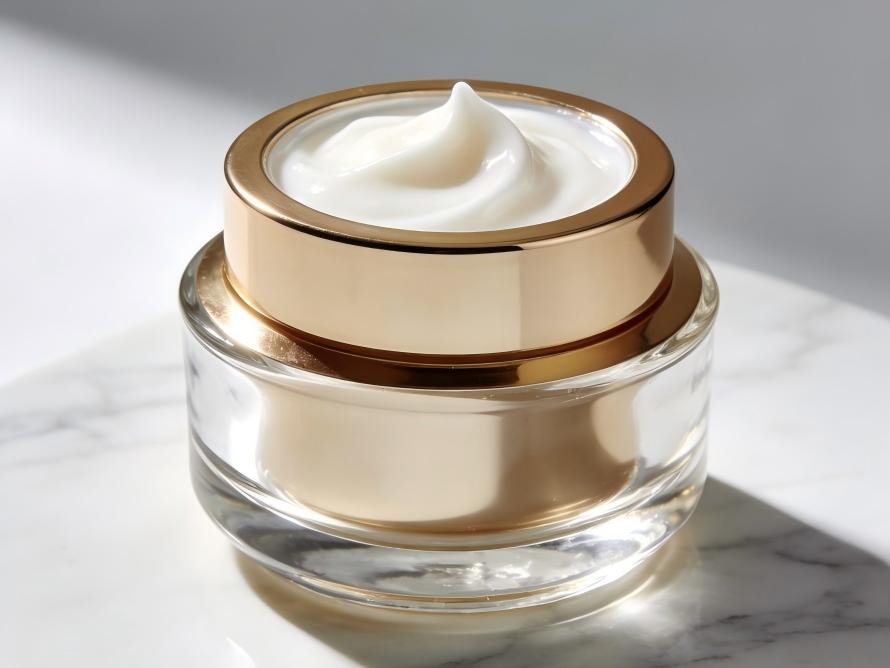
III. Systemic Detoxification and Skin Improvement
Achieves skin enhancement from the inside out by boosting the body's detoxification functions:
1. Enhanced Liver Detoxification
· Increases hepatic glutathione reserves and enhances detoxifying enzyme activity
· Accelerates the elimination of toxins and metabolic waste
· Improves dull, sallow complexion caused by toxin accumulation
2. Enhanced Skin Radiance
· Promotes skin metabolism and improves microcirculation
· Strengthens skin barrier function and enhances moisture retention
· User feedback reports 68% improvement in skin radiance
IV. Clinically Validated Data
Rigorous clinical trials confirm its exceptional cosmetic efficacy:
Human Efficacy Study (12 weeks)
· Skin brightness increase: 32.5%
· Melanin index reduction: 28.7%
· Skin elasticity improvement: 24.3%
· Wrinkle depth reduction: 21.8%
Consumer Satisfaction Survey
· 94% of participants reported more even and translucent complexion
· 89% of participants felt noticeable skin texture improvement
· 96% of participants stated they would continue using and recommend to others
These data fully demonstrate the outstanding performance of liposomal glutathione in multi-dimensional beauty benefits, providing robust scientific evidence for the development of oral beauty supplements.
Part II: Application Solutions: Oral Beauty Supplement Development Guide
Leveraging the unique advantages of liposomal glutathione raw materials, we offer the following professional guidance for oral beauty supplement development to ensure successful product implementation.
I. Dosage Form Selection Strategy
Based on market demand and technical characteristics, we recommend the following three dosage forms:
1. Oral Liquid Formulation
· Advantages: Rapid absorption, high bioavailability
· Formulation Recommendations:
· Use sorbitol and xylitol as sweeteners
· Add natural berry flavors to enhance palatability
· Maintain pH between 5.5–6.5
· Packaging Requirements:
· Brown glass bottles for light-protected storage
· Single-dose packaging
· Anti-tamper ring design recommended
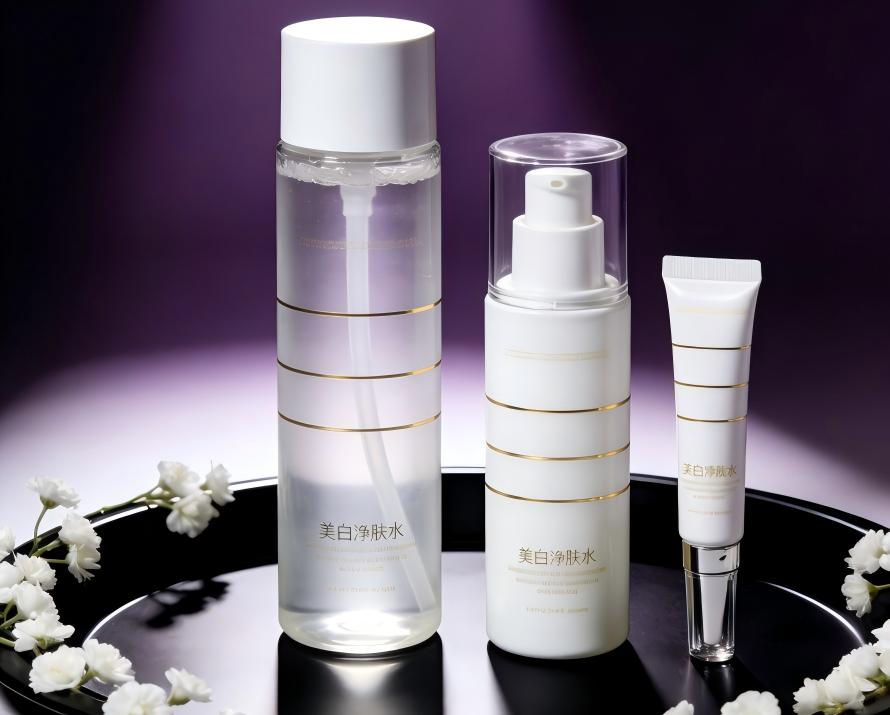
2. Softgel Formulation
· Advantages: Excellent stability, portable
· Formulation Key Points:
· Add carotene to gelatin shells for light shielding
· Use medium-chain triglycerides (MCT) as carrier oil
· Add mixed tocopherols for antioxidant protection
· Manufacturing Process:
· Tableting temperature controlled at 18-22°C
· Humidity maintained below 40%
· Secondary sealing process recommended
3. Powder Formulation
· Advantages: Flexible formulation, excellent stability
· Formulation Design:
· Microcrystalline cellulose used as carrier
· Add silica to improve flowability
· Freeze-drying process recommended
· Combination Recommendations:
· Can be synergistically used with collagen peptides
· Recommended to add vitamin C for enhanced efficacy
· Can be paired with probiotic ingredients
II. Formulation Optimization Recommendations
1. Recommended Dosage Range
· Daily Maintenance: 50-100mg daily
· Intensive Care: 100-250mg daily
· Usage Cycle: Recommended continuous use for at least 8 weeks
2. Optimal Combination Formulations
· Basic Combination:
· Vitamin C (enhances antioxidant effects)
· Vitamin E (synergistically protects cell membranes)
· Advanced Combination:
· Collagen Peptides (improves skin elasticity)
· Sodium Hyaluronate (enhances moisturizing effects)
· Professional Combination:
· Pomegranate Extract (anti-glycation)
· Olive Leaf Extract (Anti-inflammatory repair)
III. Quality Control Key Points
1. Critical Parameter Monitoring
· Encapsulation Efficiency: ≥85%
· Particle Size Distribution: 100-200nm
· Content Uniformity: RSD≤5%
· Microbial Limits: Compliant with Pharmacopoeia standards
2. Stability Assurance Measures
· Storage Conditions: Light-protected, 2-8°C
· Shelf Life: 24 months
· After opening: Use within 30 days
3. Production Process Control
· Mixing time: 30-45 minutes
· Homogenization pressure: 800-1000 bar
· Sterilization method: Filter sterilization recommended
These application protocols have undergone rigorous experimental validation to ensure optimal activity and stability of liposomal glutathione in products, providing reliable assurance for developing highly effective oral beauty supplements.
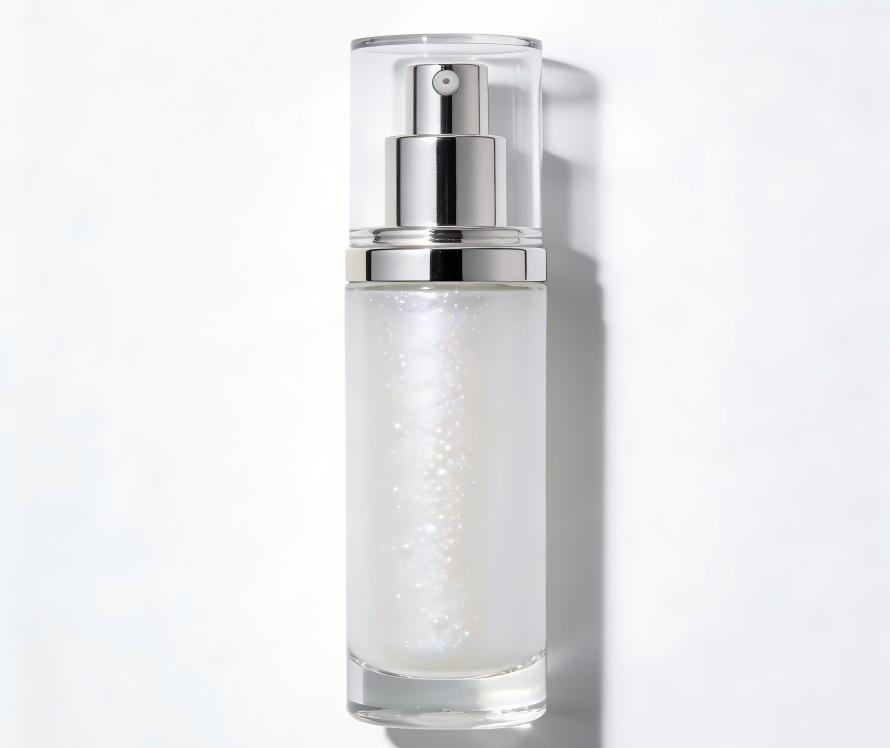
Part III: Win-Win Collaboration: Pioneering a New Era of Oral Beauty
Having witnessed how liposomal glutathione overcomes absorption barriers through technological innovation and validated its exceptional cosmetic efficacy, Green Spring Technology sincerely invites industry partners to collaborate in pioneering a new era of oral beauty.
I. Comprehensive Technical Support System
We are committed to providing end-to-end technical support from concept to product:
R&D Innovation Support
· Free samples and customized formulation solutions
· Full access to raw material technical documentation (COA, MSDS, stability studies)
· Assistance with efficacy testing and safety evaluations
Production & Quality Control Guidance
· Process parameter optimization solutions
· Support for establishing robust quality control systems
· Sharing of industry best practices
II. Market Promotion Empowerment Program
We understand market success requires comprehensive support:
Marketing Materials Support
· Provide scientifically accurate product efficacy claim documentation
· Share latest clinical test data and consumer research reports
· Assist in preparing product technical white papers and promotional materials
Co-branded Marketing
· Offer joint marketing opportunities for key clients
· Joint participation in industry technical seminars and professional exhibitions
· Share market trend insights and consumer demand analysis
III. Professional Service Assurance System
We have established a comprehensive service system to ensure smooth and efficient collaboration:
Supply Chain Assurance
· Implement flexible production planning to rapidly respond to market demand shifts
· Establish safety stock mechanisms to ensure stable supply
· Execute strict batch control to guarantee consistent product quality
After-Sales Support
· Professional technical team provides 24/7 technical consultation
· Implementing regular customer follow-ups to continuously optimize service
· Establishing rapid issue response protocols to provide solutions within 24 hours
IV. Win-Win Collaboration Program
We offer tailored partnership solutions for diverse client needs:
New Client Support Program
· Free formulation design services for the first 30 inquiring clients
· Exclusive pricing discounts for first-order customers
· Complimentary raw material stability research reports and technical guides
Strategic Client Privileges
· Dedicated technical service channel
· Priority production capacity guarantee
· Joint marketing campaign support
V. Take Action Now
Begin your partnership with Green Spring Technology today:
Contact Us
· Visit our website: https://www.greenspringnatural.com/
· Email inquiries to: helen@greenspringbio.com
· Call our hotline: +86 13649243917
Service Commitment
· Respond to sample requests and technical inquiries within 12 hours
· Provide preliminary solutions within 24 hours
· Complete sample delivery within 5 business days
Let’s collaborate to redefine the boundaries of oral beauty with technology and co-create the next market sensation! Green Spring Technology looks forward to partnering with you to deliver exceptional beauty experiences for consumers.
References:
[1] Robert J., Shan L. F. Preparation and application of glutathione[J]. Feed Industry, 2007, 28(15): 15-17.
[2] Zhao Hongxia, Cao Junming, Zhu Xuan, et al. Effects of dietary glutathione on growth performance, serum biochemical indexes and body composition of grass carp[J]. Journal of Animal Nutrition, 2008, 20(5): 540-546.
-
Prev
Natural Glutathione Ingredients Power the Next Generation of Liver Health Products
-
Next
Stable & Bioavailable: Liposomal Glutathione for Advanced Skin Brightening


 English
English French
French Spanish
Spanish Russian
Russian Korean
Korean Japanese
Japanese